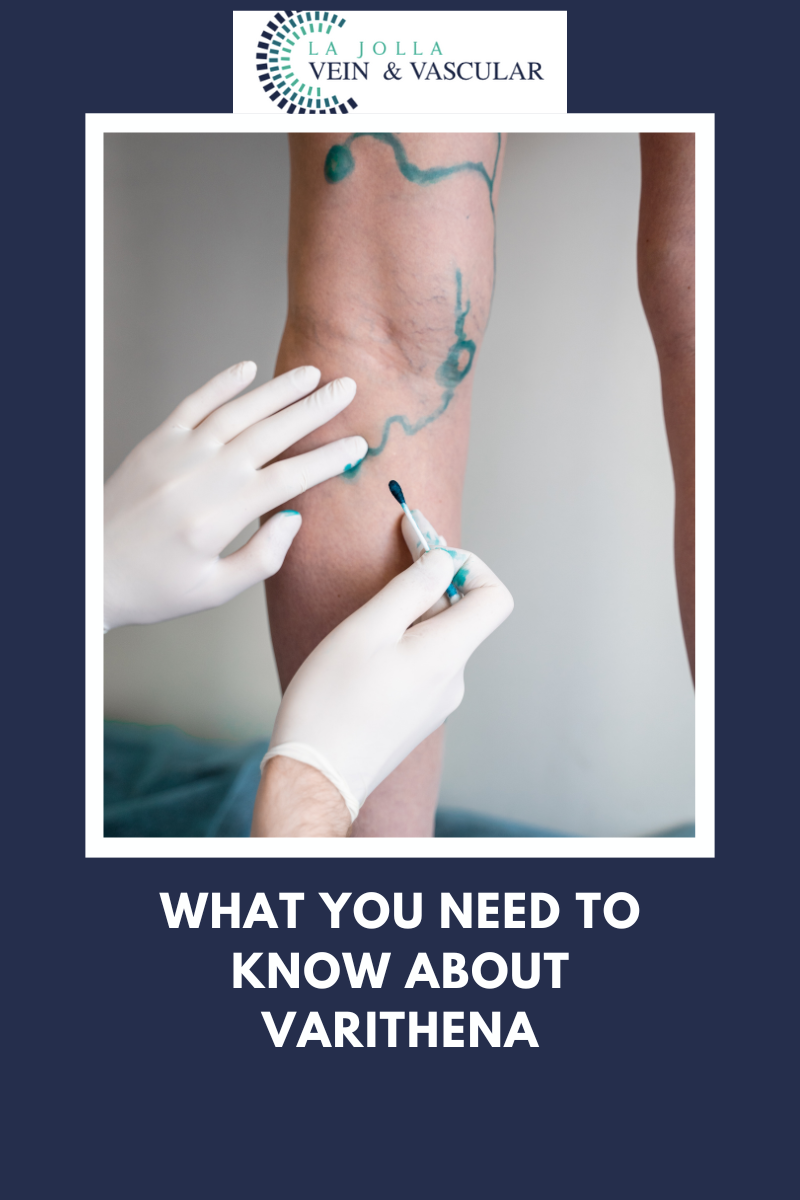Vein Health & Compression Stockings
LJVascular2022-09-19T18:38:39-07:00Why Compression Stockings:
Compression is an important part of the overall healing process. As a result, you’ll need to wear compression stockings following the vein treatments from La Jolla Vein Care to ensure you get the best outcomes. Physiologically, compression therapy increases venous blood flow back to the heart, reduces reflux in […]












